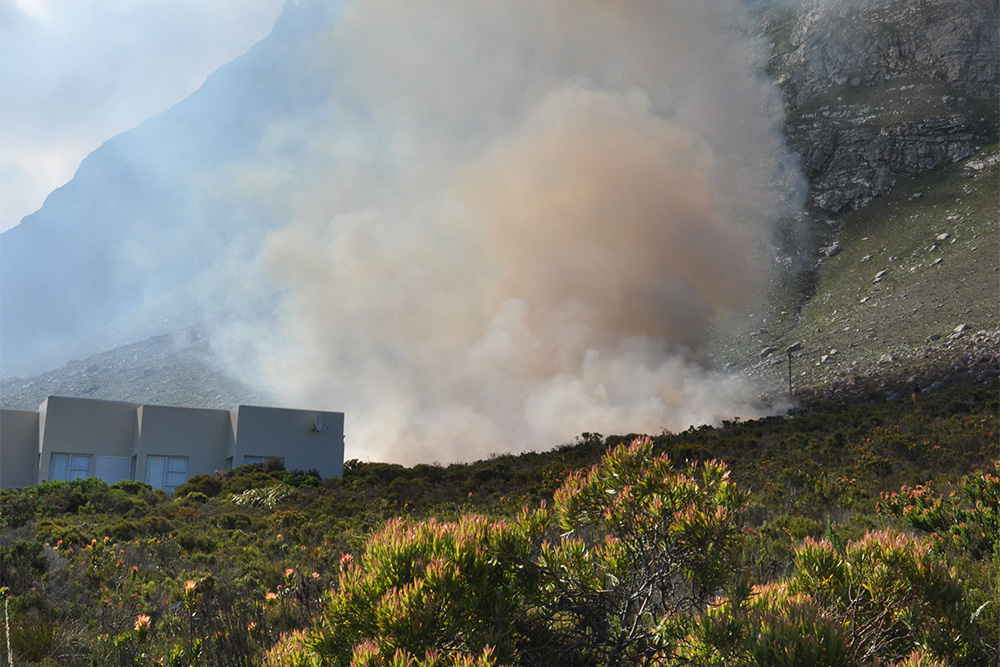Reduce the risk of fire damage to your garden, with these tips.
More like “how to fireproof your garden”: Gardening in drought conditions
Devastating fires in the Cape in recent years have shown that whether you live on the periphery of an urban area or in the suburbs, your home can be at risk of becoming another statistic. Adapted from an American concept, firescaping involves dividing a 10-metre-wide strip around your home into three zones designed to make it less vulnerable to wildfires.
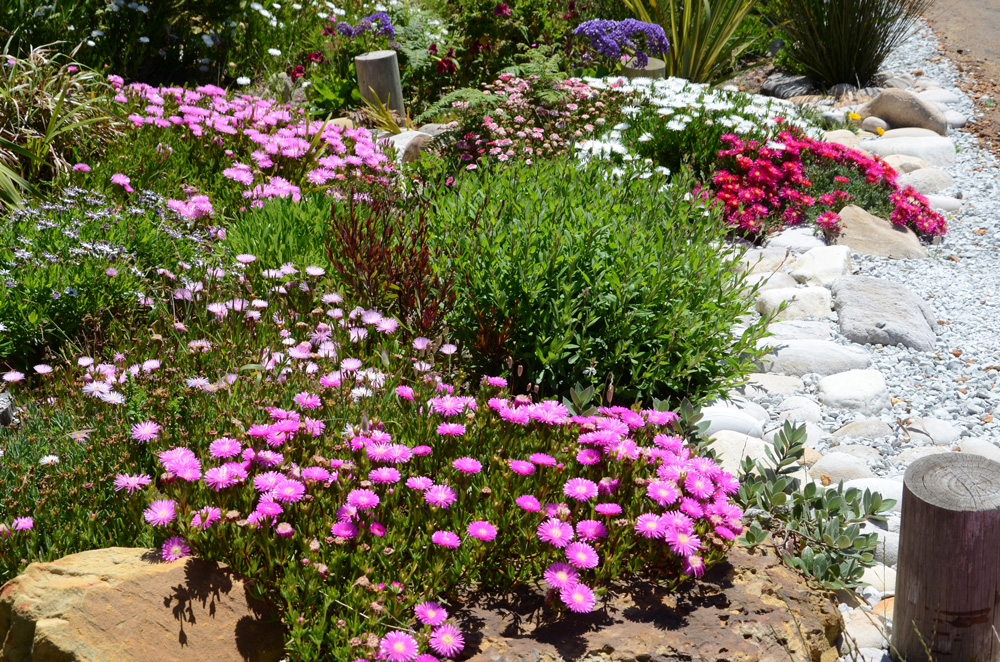
LOW RESISTANCE ZONE: 3 metre strip around the house
- Keep a 3m belt around the house clear of dry plant litter.
- Remove trees, particularly those that are flammable, and those with branches that touch or overhang your home.
- If you must grow climbers on the house, make sure they are supported by metal, not wooden trellises or pergolas and clean out dead twigs and leaves regularly.
- Remove debris from gutters.
- Use fire-resistant wood or wood treated with a fire retardant for wooden decking and keep the areas underneath clear of vegetation.
- Don’t use inflammable mulches such as bark, pine needles and wood chips. Rather use pebbles, gravel or paving, which allow water and rain to soak into the soil.
- Instead of mulch, use non-inflammable, fire-resistant groundcovers (see selection on page 92); they contain moisture, which helps slow down a fire.
- If possible, keep the lawn well-watered, and mow regularly so it doesn’t build up a thatch of dry grass.
READ MORE: 3 Indigenous groundcovers to grow from cuttings
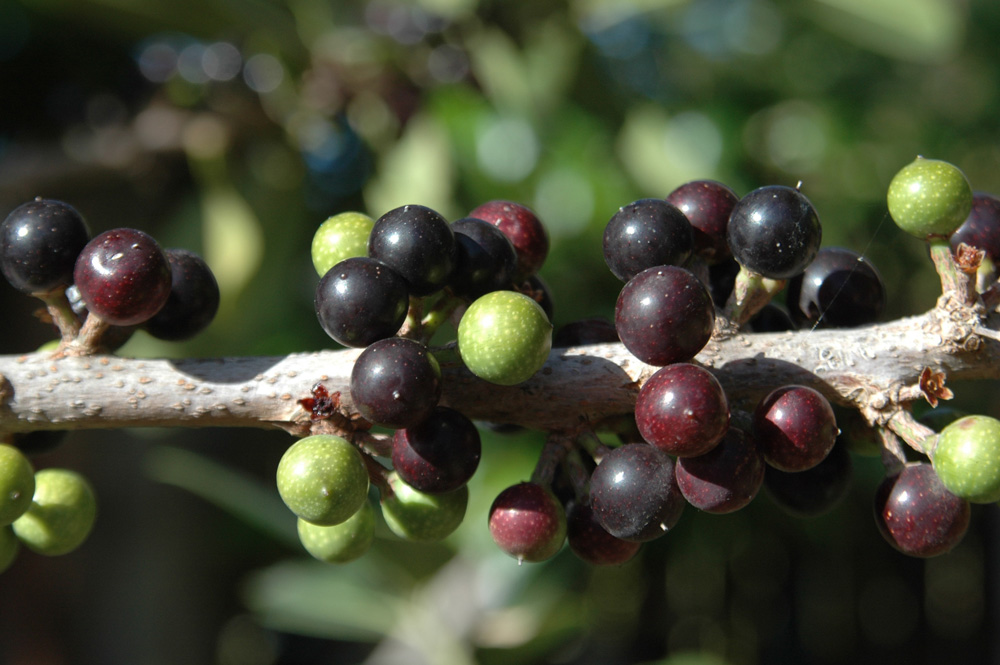
MEDIUM RESISTANCE ZONE: 3–5 metres
- Don’t plant trees in a continuous row, or shrubs in dense clumps as this allows fire to spread more easily. Space them so they don’t touch.
- Don’t plant trees with loose or flaky bark.
- Plant shrubs in beds in the lawn rather than under trees.
- Remove the lower branches of trees up to about shoulder height, or twice the height of surrounding vegetation. Shrubs can act as ladders, helping flames climb from the ground up into the canopy.
- Remove all dead and decaying wood, fallen and dead branches and large clumps of dry grasses.
- Keep the areas under trees clear of dead leaves to prevent flames from spreading along the ground.
- Look for trees and shrubs that are fire resistant and use fire-resistant groundcovers, like sour fig.
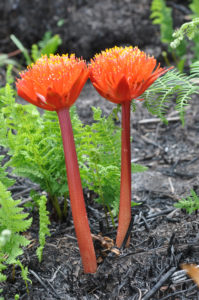
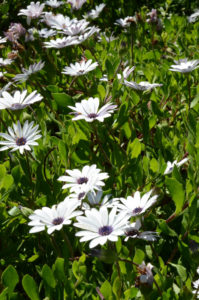
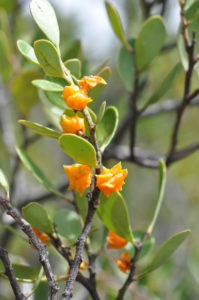
BUFFER ZONE: 5 metres outwards
- This is your first line of defence and the most vulnerable area, so plant fire-resistant, evergreen shrubs and trees here. These shield your house from the intense heat that can shatter windows, help tamp down a fire and catch embers from advancing flames.
- Cut down highly flammable trees: Australian acacias like blackwoods, Port Jackson and rooikrans, and pines, cypresses and gum trees/eucalyptus, which contain resin. Encourage your neighbours to do the same. Don’t plant Australian bottlebrushes and melaleucas in this area.
- Avoid plants with leaves that contain high levels of resin or oils. These can explode in a fire.
- Don’t use flammable materials for fencing; brick and stone walls are better as they help slow down a fire.
- Remove leaf litter under trees and hedges and plant low-growing groundcovers with succulent leaves such as Crassula multicava.
KEEP READING: How to choose the right tree for your garden
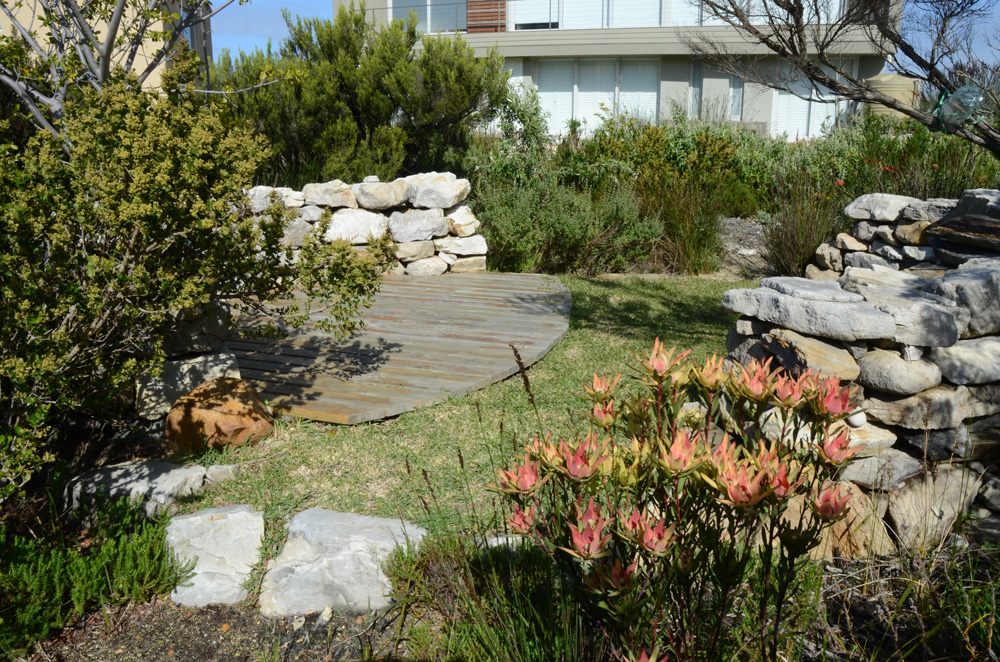
CLEAR OUT INVASIVE VEGETATION
- Invasive vegetation burns much hotter and faster than most plants and fynbos.
- This should be cleared out, particularly on dense stands containing highly flammable woody material. Remove pine, conifer and gum trees, as well as acacias like rooikrans and Port Jackson.
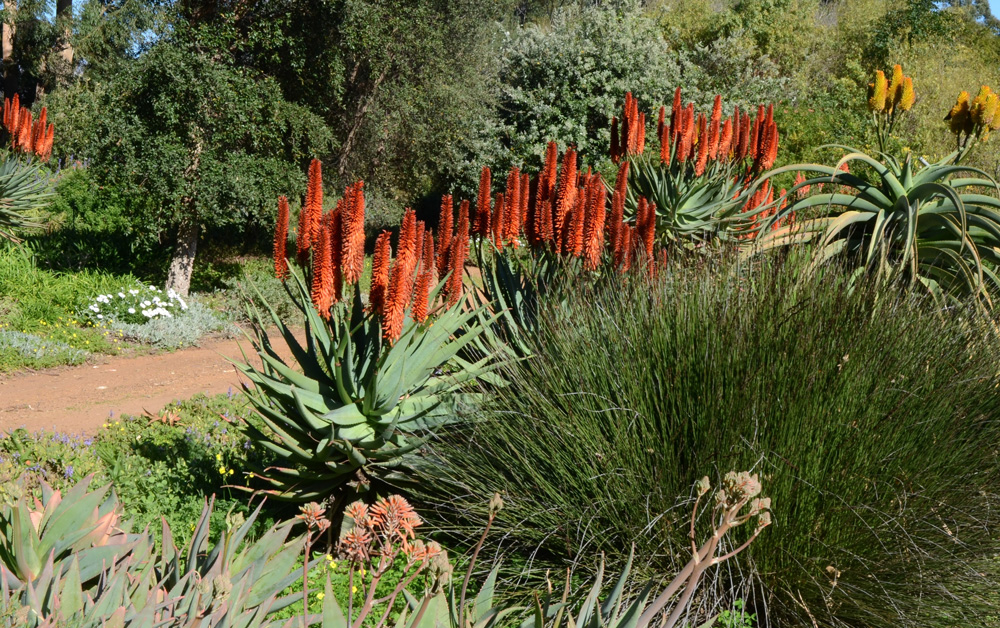
SELECTING FIRE-RESISTANT PLANTS TO HELP FIREPROOF YOUR GARDEN
- Shrubs and trees with fleshy, moisture-retaining leaves burn more slowly and reduce fire damage. These include citrus, fruit trees, coprosma, syzigiums and eugenias, New Zealand bottlebrush trees and our indigenous milkwood (Sideroxylon inerme), forest trees, which thrive in kloofs, like rooi els (Cunonia capensis) and indigenous bietou (Osteospermum moniliferum), tarchonanthus, carissa species, candlewood (Pterocelastrus tricuspidatus) rock candlewood (Maytenus oleoides).
- Broad-leafed succulent plants that store water in their leaves like aloes, aeonium, vygies, sedum, echeveria, kalanchoe, cotyledon, Bulbine natalensis and spekboom.
KEEP READING: 7 reasons to grow spekboom in your garden
- Plants with tough leaves like tulbaghia and agapanthus, which will grow back after being scorched. Their underground roots and tubers survive and prevent the soil from being blown or washed away when there is little other vegetation around.
- Evergreen groundcovers such as Gazania krebsiana can slow down a fire as can trailing plants like gaura, osteospermum and vygies.
- Trees with smooth bark.

